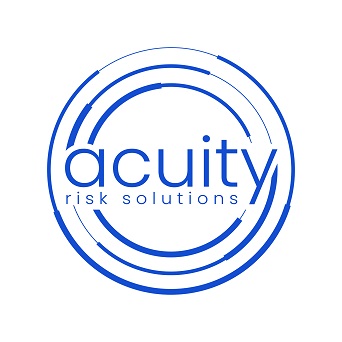It’s important to keep the environmental risks of your building projects to a minimum. Here’s a checklist to help you manage these factors.
Risk #1: Flooding
Understand historical flood patterns and future flood maps. Keep an eye on expanding urbanisation as buildings and sealed surfaces can impact natural water flows and create stormwater. Seek up-to-date information from the local council or state government authority.
Risk #2: Contaminated land
Your building site might come with a history of contaminants including trace elements, Asbestos, chemical solvents, banned firefighting foams, and other related chemicals. These issues may be due to agricultural, chemical storage or industrial activities including gas works, dry-cleaning services, landfill, or ex-petrol stations.
Risk #3: Ground stability
Geotechnical testing will also help highlight how and if historical activities on the site have increased potential environmental risks. Those activities, as well as natural land movements, can pose issues. Beware of manmade shafts (such as such as through mining or quarrying), subsidence, how existing nearby structures could impact – even redirect – groundwater flow beneath the surface.
Risk #4: Underground assets
Before breaking ground, check in with the free referral service, ‘Before You Dig Australia’ (BYDA). BYDA also encourage you to hire a certified locator if there are infrastructure assets near your site, but you can’t find them. You may also have to verify as you go using online tools, such as ground penetrating radar, and GIS to harness to be triply sure.
Risk management for construction
Checking for risks before you begin work helps reduce your risks of chancing upon hidden environmental risks. Part of a comprehensive risk management strategy is to consider insurance to manage certain construction risks. What is useful about construction insurance is that it covers your project while under, during, and to a limited extent, post construction. It will help protect your project for material damage, physical damage and loss and liability extending to third-party property/injury.
If you would like to know more about environmental risk mitigation for your commercial project, please CLICK HERE, or contact us for more information.

